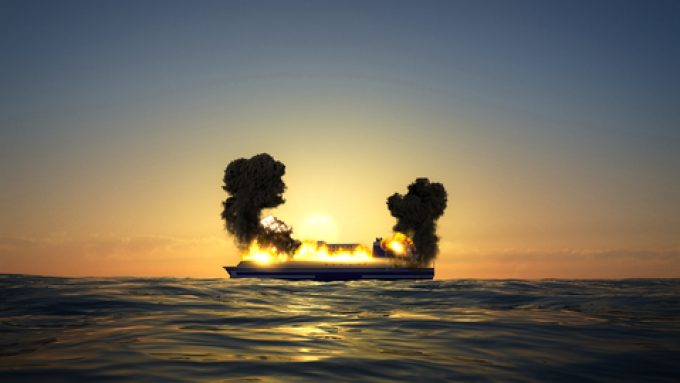Two killed after Houthi attacks resume on merchant ships
Insurance premiums look set to spike for the few carriers braving Red Sea transits, after ...

A lithium ion (li-ion) battery fire on a ship must be contained quickly to prevent it spreading, but experts have agreed that fire prevention is the best course of action – and that takes collaboration on a grand scale.
However, delegates at the Lithium-ion Batteries in ...
CMA CGM South Korean staff strike over bonuses after bumper 2024 profit
MSC switches two more Asia-Europe port calls from congested Antwerp
CMA airline returns two freighters, while ANA takeover of NCA looms
Nightmare for Bangladeshi exporters as congestion and tariffs bite
Tradelanes: Export boom in Indian sub-continent triggers rise in airfreight rates
Carriers introduce surcharges as congestion builds at African ports
Ports and supply chain operators weigh in on funding for CPB
Box ship overcapacity threat from carrier appetite for new tonnage

Comment on this article